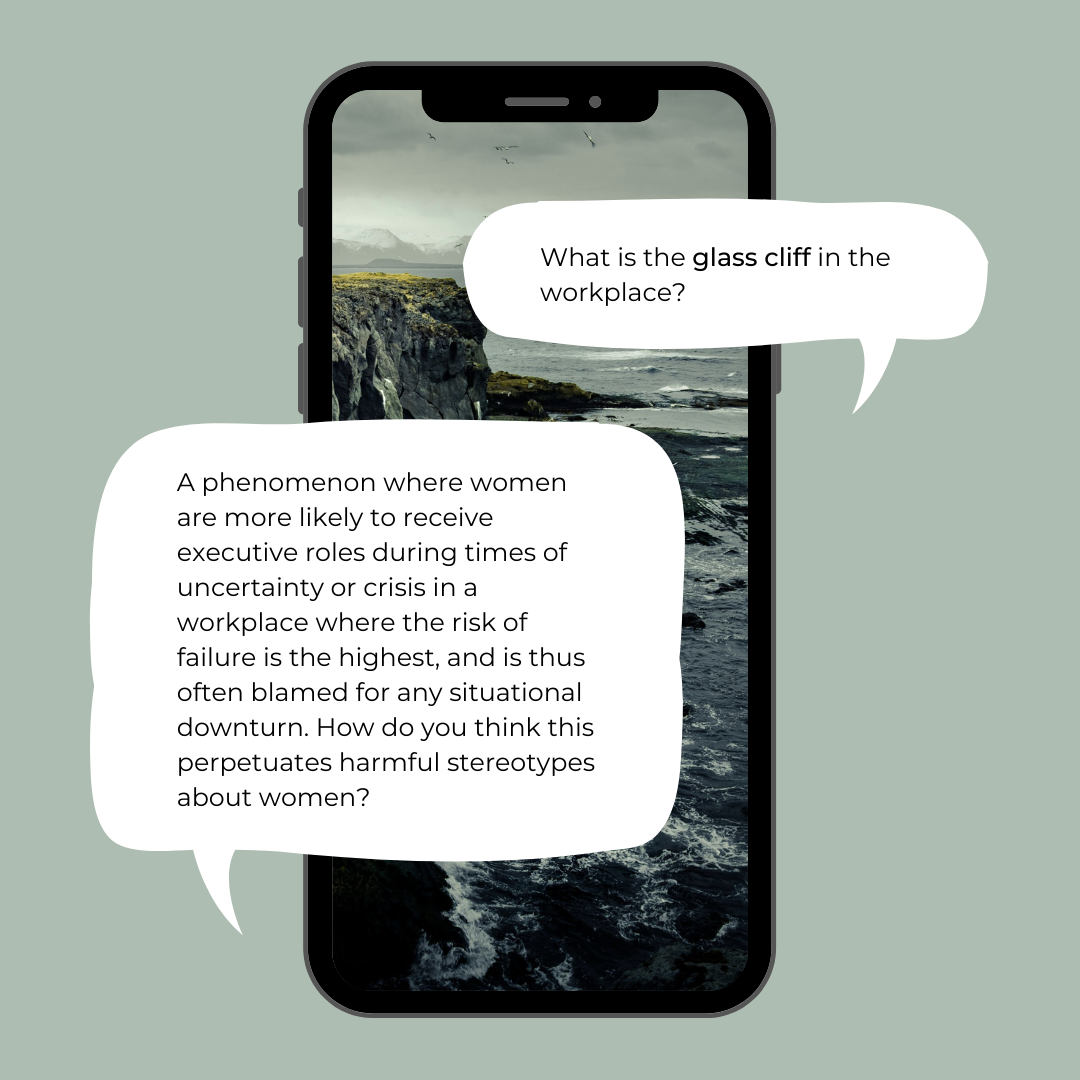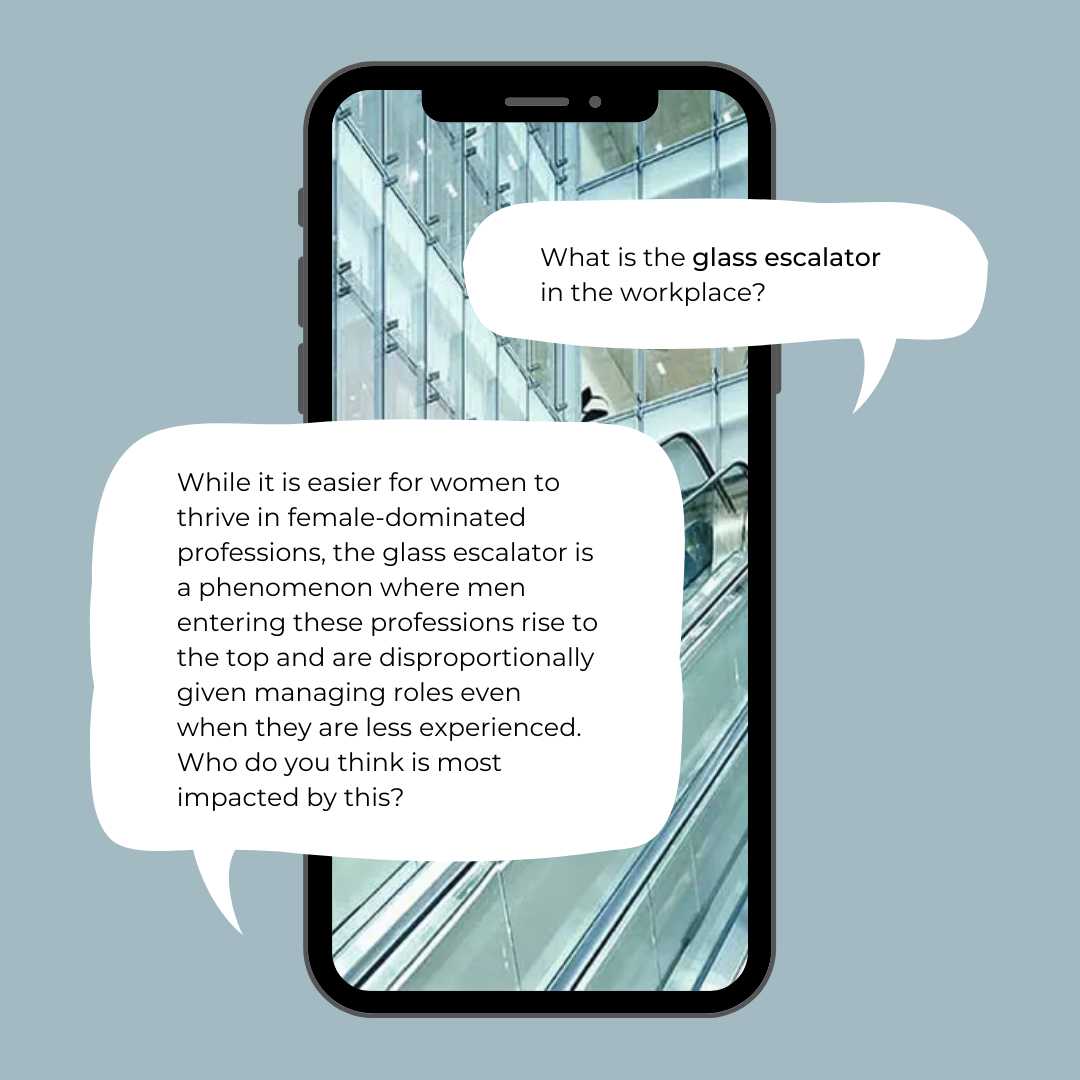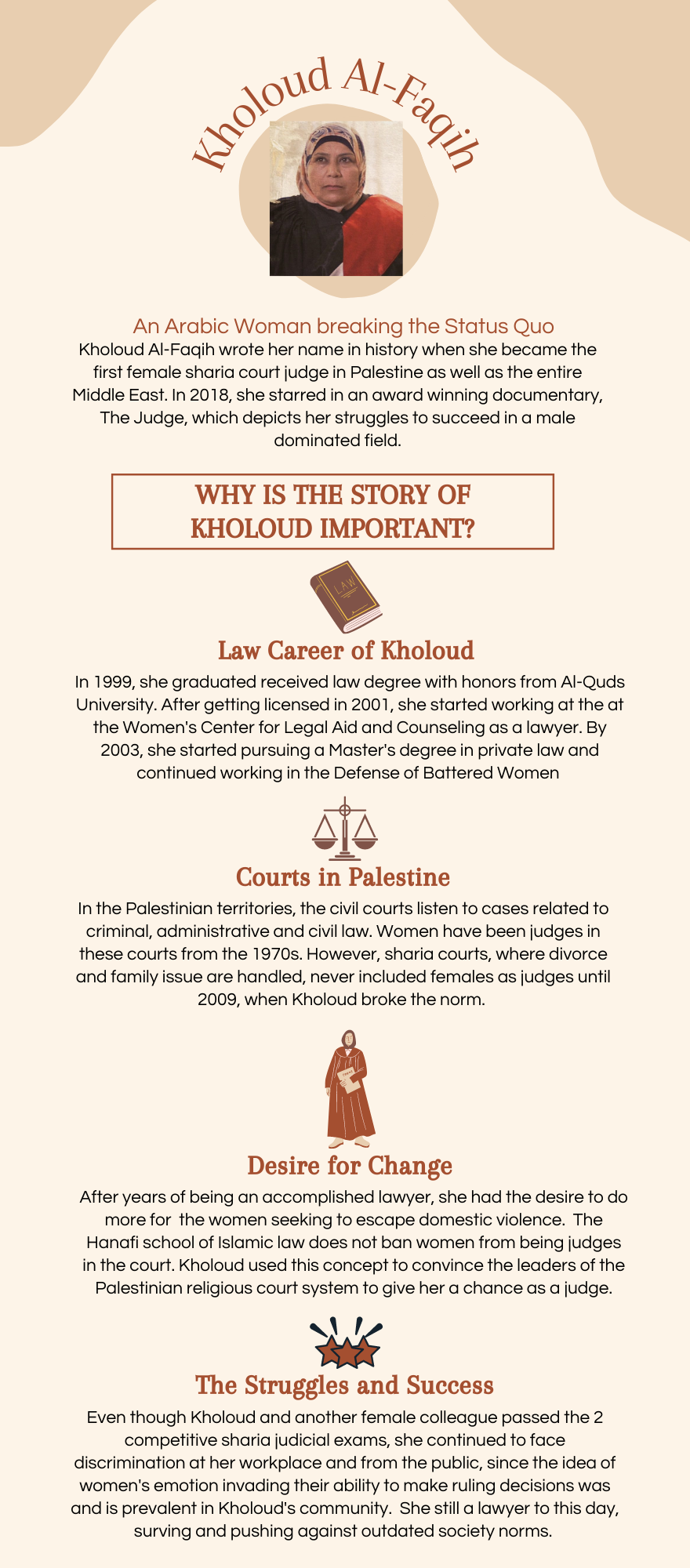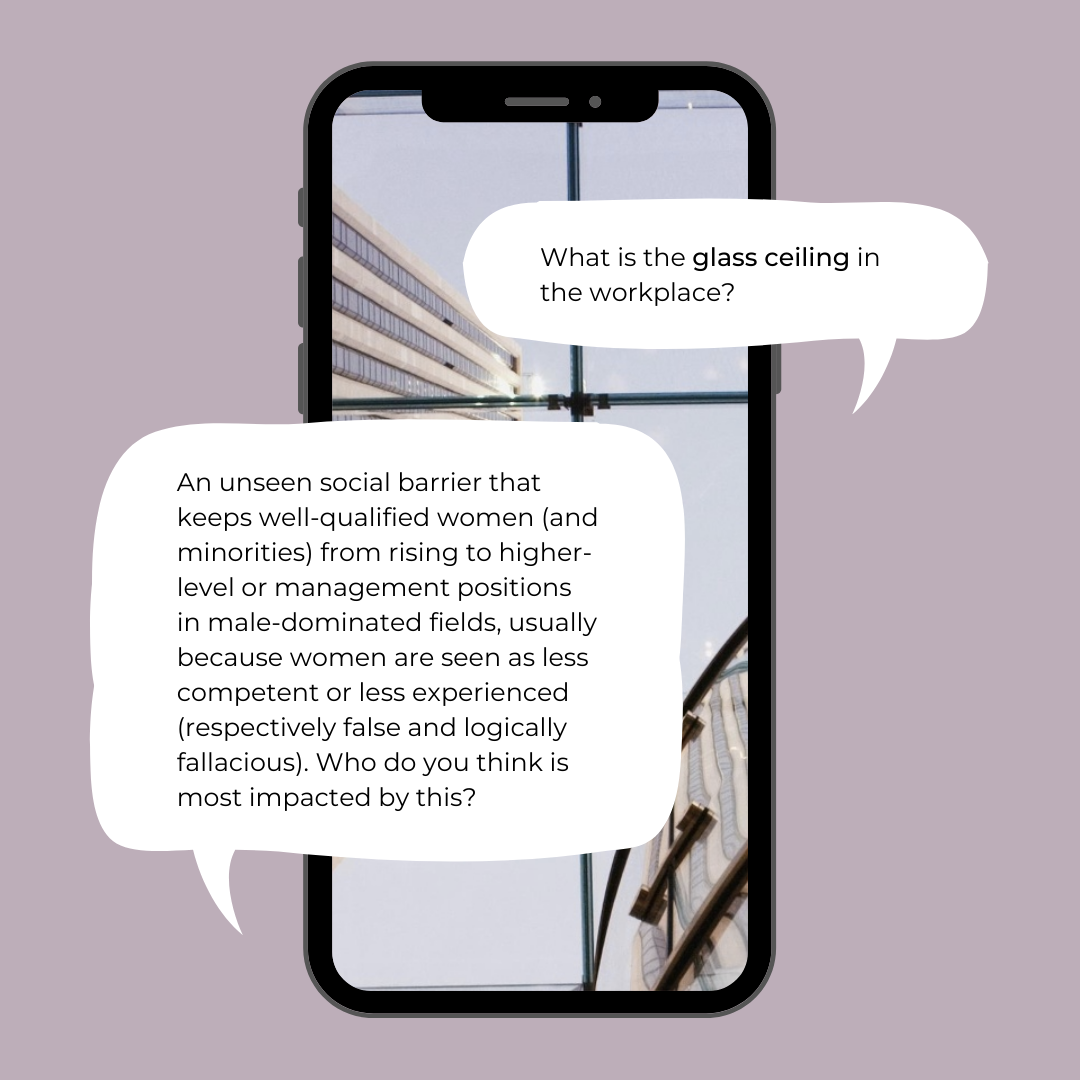In April of 2022, CSWAG’s Education and Research Subcommittee created a survey for the student-body in hopes of getting to understand how our students feel about the various nuances and issues surrounding gender and sexuality at our school. Hence, these five articles written by subcommittee members discuss the responses of our youth, showcasing areas of growth and areas of pride.
Question 1: Is gender equality attainable? Explain your response.
By Heba Badahman
The first question that was laid upon the students of Western Canada High School concerned our ability to achieve gender equality, and if it is even possible. Most of the answers showed a similar pattern, as the general point of view was that gender equality is indeed doable but not in the near future. Though one of the students, optimistically stated that this equality being seeked will be reached during their lifetime. Solutions or methods of achieving this goal were also provided by the students, including more female representation and unlearning the stereotypical, misogynistic ideas that have been ingrained in our minds by society. However, between the responses that shared commonality, one comment stood out to me: “Men will never be able to equal or surpass women’s ability to bear children. Men and women do play different roles in life.” The student talked about how men can never equal women in their ability to bear children, and therefore both genders cannot be equal in every aspect of life. I believe the point that this student highlighted is that equality does not require uniformity. People, no matter which gender they identify with, possess different societal roles. Equality comes into play when people are given the same rights and treated with the same dignity, with no bias no matter where they are on the gender spectrum. Overall, the students recognize the work and time required to achieve a goal of this magnitude, while their initiative to participate and learn (for instance, by doing this survey) is a step in the right direction for our school community.
Question 2: Do you see the impacts of gender roles in school? Explain.
By Ava Wagner and Hanko Ngu
On the topic of gender-based issues in our society, we asked students whether they see an impact of gender roles in school. In order to understand the question, first, we must define what gender roles are. Google defines gender roles and stereotypes as “how [individuals in society] are expected to act, speak, dress, groom, and conduct themselves based upon their assigned sex.” From our conducted survey, we received an even 50/50 between two different points of view; yes, gender roles are present and play a role in the school environment, and no, they do not have an impact. This tells us that there is no clear consensus among the student body on this issue. Furthermore, two contrasting responses stood out to portray the previous statement. The first response talked about how they did not see any impacts of gender roles in school because of how clubs and extracurriculars at Western aim for gender diversity and appropriate representation. For example, a stereotypical society would allow for men to make choices for the greater body of the community, however, Western’s Students’ Council consists of members that are “not one-sided when looking at the gender of the students” as stated in the response. Conversely, the second response sought to bring up the issue of gender roles within casual conversations amongst students and friend groups. As expressed in this response, they mentioned how misogyny and toxic masculinity are “disguised as humour”, while the use of the word feminist implies an insult. From our findings in the survey, we can infer that in professional environments, such as club and extracurricular settings, individuals tend to act self-aware and advocate against these issues. However, in private and amongst comfortable friend groups, the filter is removed. This goes to show how more work needs to be done by family, friends, and our society to extract the normalization of toxic gender role joke culture behind closed doors.
Question 3: How does social media influence gender equality?
By Madeleine Embury
Overall, the answers to this question tend to come to the general conclusion that it depends what type and side of social media the user is on to understand the effect on gender equality. The majority of students that answered agreed with the idea that social media is a crucial tool, as it is used to spread knowledge and information, as well as, to start discussions around gender equality. However, several responses also highlight the negatives of social media use in combating this issue, adding that “some people use social media as a place to publicize their [sexist] opinions”, or that popular uses of social media such as the spread of infographics “don’t really do anything to solve the issue”. In general, the answers, coupled with modern professional opinions on the subject, can lead us to the conclusion that social media can influence the fight for gender equality in a productive way if it is used correctly and paired with more concrete initiatives to make change. This type of media can have a very large impact on the way that people form opinions, and as such it is critical that the discussions being had on these platforms are constructive so that this impact is felt to be positive.
Question 4: Do you have role models who exemplify/strive to accomplish gender equality at school/within your community? Tell us about them!
By Sanjit Samanta and Weilan Zhang
Role models are crucial to ensuring that an individual can directly seek inspiration in their actions from others around them. Students offered a variety of responses to the inquiry. From mothers to classmates to CSWAG itself, students pointed to different role models they found significant within their community. Students also went as far as to name their role models, referring in particular to Eliza and Hayley, two inspiring students who have taken a large initiative in advancing the ambitions of the project. A single student also reported not having any role models; while this may be initially received as an unfortunate circumstance, it serves the intent of being an incredible source of motivation to advance the fight for gender equality. Consciously or otherwise, almost everyone has identified someone in their life that prompted them to live and act with integrity.
Guidance and influence are evidently crucial to the individual on their journey to maturing; in escaping toxic mindsets surrounding body image and mental health, many look to their mother’s affirming words. The role of the maternal figure is one that not only provides comfort but emotional growth as well, which is crucial to an individual’s esteem and self image.
Contrastingly, in navigating convoluted social climates where the disparity between the sexes can cause widespread struggles, many look to role models that exemplify an actively feminist way of life — one that seeks to reconstruct the narrative surrounding the systemic patriarchy. Hayley and Eliza’s way of teaching by demonstration normalizes advocating for equality on an individual level, and in this way, the impacts of their efforts as role models to the student body reaches far beyond the media coverage of activist events; they’ve inspired steps in the right path — a collective shift — in all of our hearts.
Question 5: How do you show activism and/or support gender equality?
By Joshua Himmens
Throughout CSWAG’s survey, one thing became clear in response to the question: “How do you show activism and/or support gender equality?”. Many people, evident through their responses, don’t know what they can do to support gender equality. It’s perfectly understandable. Gender equality and activism are necessarily complicated issues because they involve fundamentally reconsidering ideas once held as fact. Truthfully, it’s hard to act thoughtfully all the time and even harder to make incremental improvements on such a huge issue. The only way to progress is if we do our part to create a safe and welcoming world around us.
Though flashy acts like protests and walkouts have their place. Most of us don’t regularly have the opportunity to participate in them or ample reason to do so. What we can do, though, is act in our day-to-day lives. I know that almost all of us have had an experience where we have seen inequality in action. From subtle disrespect based on gender to blatant sexism, I guarantee that everyone has seen it. The most significant impact we can have is simply standing up for ourselves and the people around us. Don’t accept that any level of bias or discrimination will be tolerated. Additionally, normalizing these small acts will ensure they become as integrated in our society as the past discriminatory systems have been. Overall, the students’ vague or unsure responses demonstrates the importance of CSWAG, and other committees alike.




